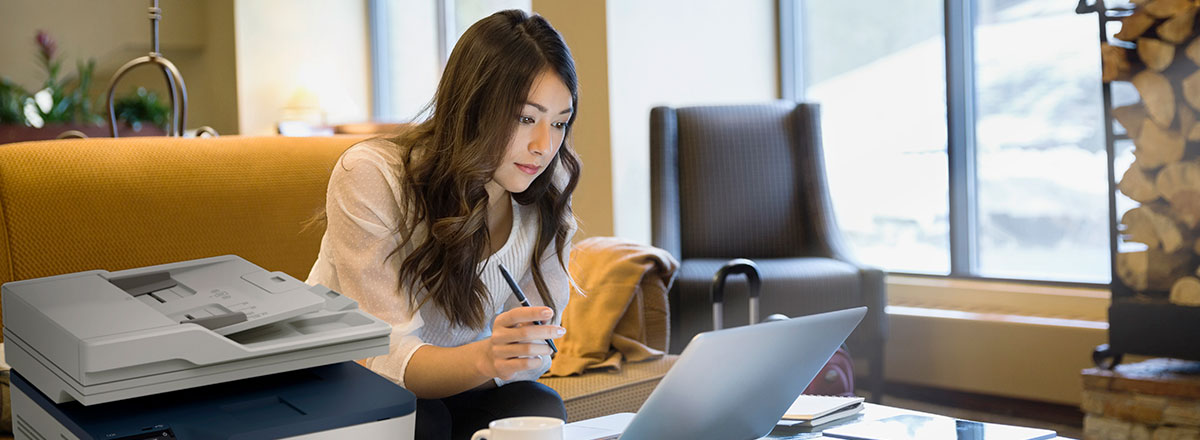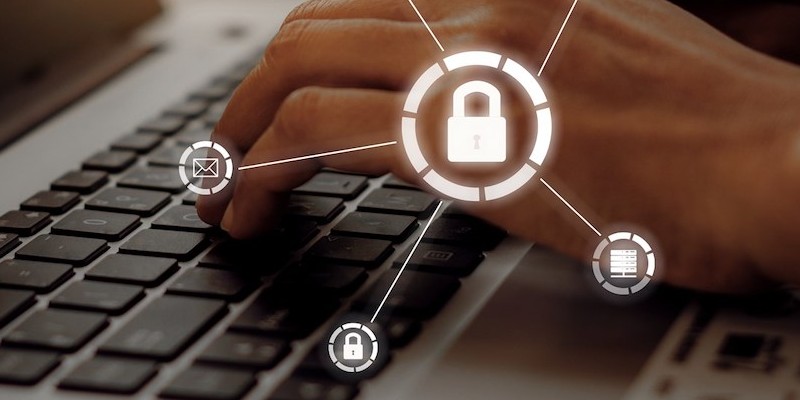Writing an Effective Business Letter
E-mail may be the quick and convenient way to relay daily business messages, but the printed business letter is still the preferred way to convey important information. A carefully crafted letter presented on attractive letterhead can be a powerful communication tool. To make sure you are writing the most professional and effective letter possible, use the business letter format and template below and follow these basic business letter-writing guidelines.
Select a professional letterhead design for your small business: Your business letter is a representation of your company, so you want it to look distinctive and immediately communicate "high quality."
Use a standard business letter format and template: The most widely used format for business letters is "block style," where the text of the entire letter is justified left. The text is single spaced, except for double spaces between paragraphs. Typically margins are about 1 inch (25.4 mm) on all sides of the document, which is the default setting for most word-processing programs. If you are using Microsoft Word, you can turn to its built-in Letter Wizard for additional formatting assistance (look on the Tools menu).
Business Letter Template Fields:
Date: Use month, day, year format, e.g., March 3, 20xx or 3 March 20xx
Sender's Address: It is a good idea to include sender's email and url, if available. Don't include this information if it's already incorporated into the letterhead design. This will allow customers to find your small business more quickly.
Inside Address: Use full name. Mr./Ms. is optional
Salutation: Be sure to use a colon at the end of the name, not a comma as in personal letters
Body Text: State why you are writing. Establish any connection/mutual relationship up front. Outline the solution, providing proof in the way of examples and expert opinions. Group related information into paragraphs
Closing "Call to Action": State what the reader needs to do and what you will do to follow up
Signature Block: Sign your letter in blue or black ink
Enclosures: Use if you have an enclosure
Carbon Copy: Use if you are sending a copy to additional person(s)
This business letter format illustrates the specific parts of a business letter:
Date July 20, 20xx
Sender's Address GP & Associates 2053 SW Channing Avenue, Suite 400 Denver, CO 80016
Inside Address Ms Tia Turfingeon ACTION ITEMS 3400 Onesite Parkway Denver, CO 80016
Saluation Dear Ms. Turfingeon,
Body Text: I understand from our mutual acquaintance, Chad Johnson, that you are looking to retain an accountant to assist you in the sale of your business. I would welcome the opportunity to show you how GP & Associates was able to help Chad successfully sell his business earlier this year. As you'll see on our website, my associates and I have extensive experience in financial accounting, internal audits, and tax compliance. For the past several years, we have specialized in business evaluation and transition services for sellers. We enjoy working closely with clients throughout the sale process to ensure a smooth transition. As our clients can attest, our various pre-sale price improvement strategies can significantly optimize a business's sale price. Should you be thinking of purchasing another business, please note that we also offer business acquisition services. For your convenience, I have enclosed additional information describing GP & Associates full range of services. Call to action: To set up an appointment to discuss your specific needs, please contact me at 303-449-0037. I know how busy you are, so I will give you a call on Tuesday to follow up if I haven’t heard from you.
Best Regards, Signature Block Greg Parker
Enclosures CC: |
(print Business Letters on corporate letterhead stationery)
Use a professional tone: Save casual, chatty language for email - your printed business letter should be friendly but more professional. As Scott Ober suggests in his book Contemporary Business Communication, "The business writer should strive for an overall tone that is confident, courteous, and sincere; that uses emphasis and subordination appropriately; that contains nondiscriminatory language; that stresses the "you" attitude; and that is written at an appropriate level of difficulty." That said, be sure to sound like yourself - you don't want your letter to read as if a machine wrote it.
Write clearly: State your point early in your letter. To avoid any miscommunications, use straightforward, concise language. Skip the industry jargon and instead choose lively, active words to hold your reader's attention.
Organize your information logically: Group related information into separate paragraphs. In a long, information-packed letter, consider organizing information into sections with subheads. You may want to highlight key words to make them "pop" - this technique is possible with most word-processing programs and your color multifunction printer.
Use Color To Emphasize Words In Text: It's easy to put a few words in color to draw attention to them. Just select the type and click the arrow to the right of the Font Color button, choose the color you want, then click the button. Or, try highlighting a few words in the text. Select the type you want to emphasize, then click the Highlight button. Note: When highlighting parts of a document you intend to print, use a light color such as yellow, light green, or light blue. If you wish to remove the highlighting, select the text and click the Highlight button again.
AutoText automates applying color (or any type style), which would ordinarily take numerous clicks or commands. Say you're creating a report that compares your organization's performance against that of your competitor. Word can automatically color your company's name every time it appears, making those entries easy to locate.
Be persuasive: Establish a positive relationship with your reader right away. If you have a connection to the reader - you've met before or have a mutual colleague, for example - mention it in your introductory paragraph. Whether you think your reader will agree with the point of your letter or not, it is important to find common ground and build your case from there.
Understand your reader well enough to anticipate how he or she will react when reading your letter. Address his or her needs or wishes, or a specific problem, and then outline your solution. Provide proof in the way of examples and/or expert opinions to back up your point. Make sure to maintain a friendly tone.
Conclude your letter with a "call to action." State clearly what your reader needs to do or believe to achieve the desired solution and then state what you, the writer, intend to do next to follow up.
Proofread your letter: All your careful crafting and printing can't cover up spelling or punctuation errors, which leave a lasting negative impression.
Now that you've learned the secrets of writing an effective business letter, you're ready to start composing. Good luck!
For more tips for your small business, check out our Small Business Insights.
Xerox® Colour Products

Xerox® B225 Urządzenie wielofunkcyjne
Wydajne monochromatyczne urządzenie wielofunkcyjne idealne dla aktywnych zespołów

It’s time for a printer that just works.
Kolorowe urządzenie wielofunkcyjne Xerox® C235
Powiązane Artykuły

Dostawca szkoleń wprowadza innowacyjne metody nauczania i lepszy dostęp do treści.
Personel pedagogiczny z firmy CRC korzysta z platformy Xerox® Workflow Central, by udostępniać kursantom nowe metody nauki.

Studium przypadku Bell Law
Jak renomowana kancelaria prawa pracy poradziła sobie z trudnościami w obiegu dokumentów dzięki innowacyjnym rozwiązaniom Xerox® Workflow Central.

How Partners Help a Distributed Workforce Strategy
Midmarket organisations face many challenges with distributed workforces. See how IT departments benefit from trusted partners to modernise remote and hybrid user support.

Cybersecurity Readiness Guide for Small and Medium Businesses
Discover how to stop hackers in their tracks. Protect your business from rising threats with Xerox's comprehensive guide. Learn essential steps to safeguard your organization, secure employee credentials, and prioritize critical data.

How Digital Transformation Works for SMBs
Discover how automation, hybrid work, and distributed workforce drive digital transformation in SMBs. Learn how IT services enable and deliver this process.

3 Essentials to Cybersecurity
Discover how Xerox technologies can help to secure your printer and data.





